Physical Modeling
We develop physical models to test large scale structures at laboratory scale.

Physical models are incredibly useful when determining project feasibility and identifying potential problems. All aspects of SAFL models are precisely scaled to represent field conditions accurately: we scale structure, flow rates, and flow stresses.
When presented with a new research question, we begin by understanding the problem, then move to designing and constructing a model, validating the model, testing and collecting data, and finally, reporting.
SAFL's facilities were built with physical modeling in mind. We maintains numerous indoor facilities equipped for modeling, including the SAFL model floor and the Outdoor StreamLab (OSL). Throughout the laboratory, we maintain and update numerous data collection carriages with laser scanners that can be used to precisely verify model shape.
Contact Jeff Marr for more information about SAFL's physical modeling capabilities
Read about some of SAFL's physical modeling projects below:
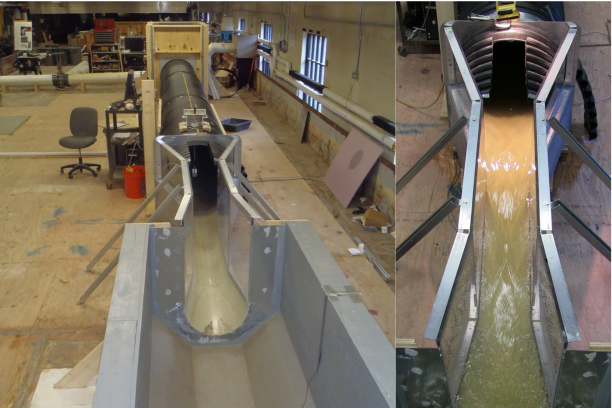
SAFL researchers built a scale model of a round-bottomed long-throated flume, in order to validate the accuracy of Winflume software for this specific flume geometry.
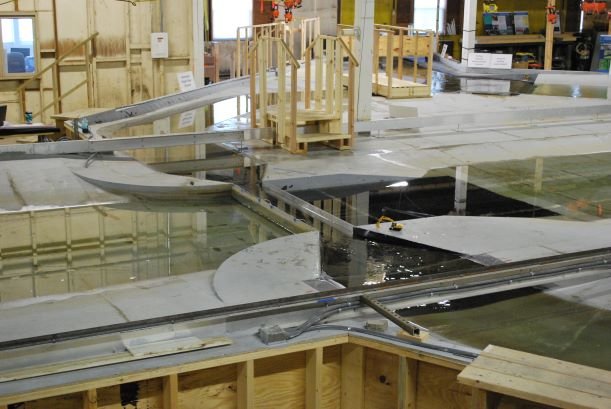
Scale models of an aqueduct crossing a diversion channel was built to identify potential issues with scour, debris clogs, ice jams, and aquatic organism passage.
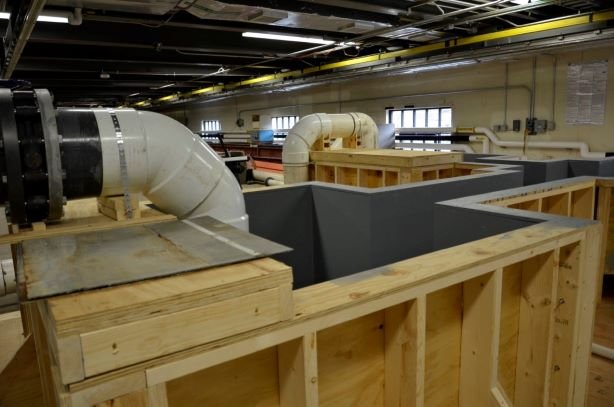
A scale model of a proposed pumping station was built to identify areas with unfavorable hydraulic conditions that would lead to wear and tear on the pump station.
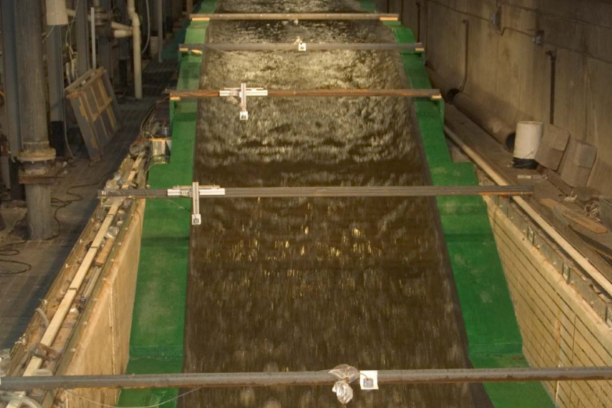
SAFL engineers modeled a proposed spillway to test the design and any design modifications under a variety of flow conditions.
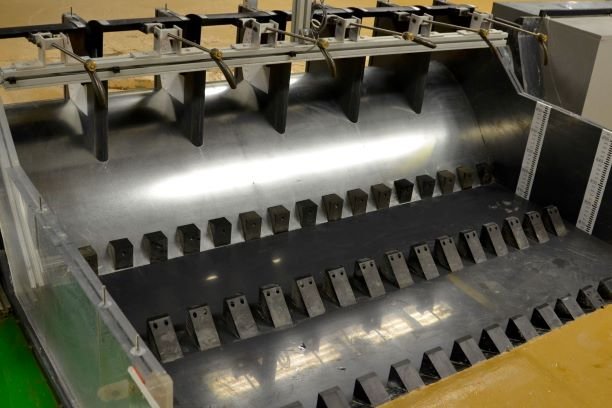
SAFL Engineers built a scale model of a proposed hydro spillway design, in order to determine if the design would effectively dissipate energy and contain the hydraulic jump.
